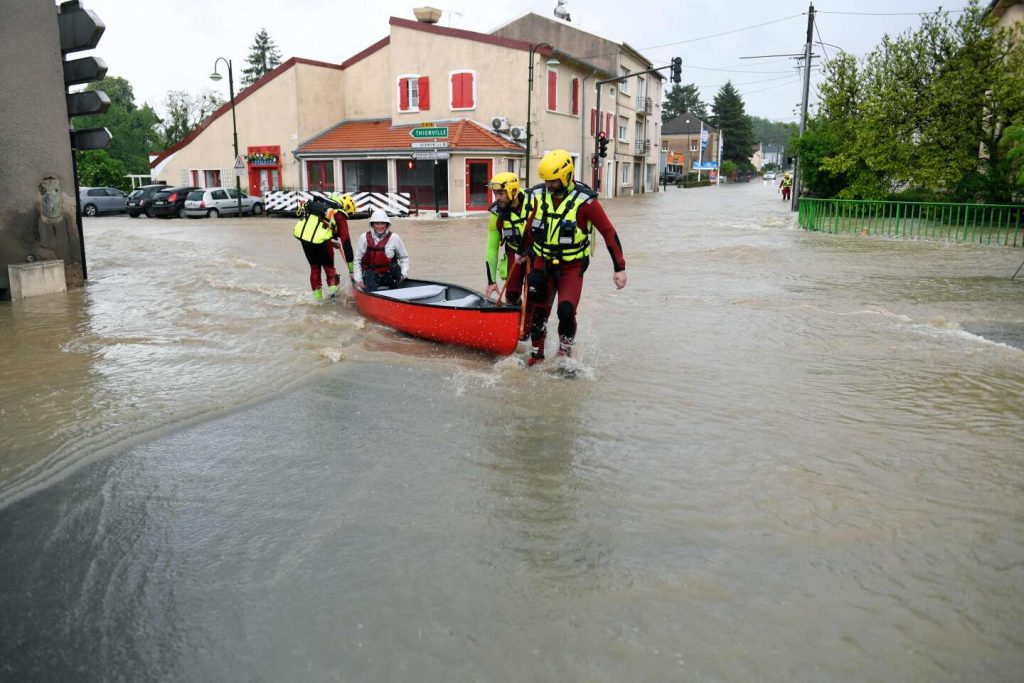The need for adaptation to climate change is becoming increasingly urgent due to the intensity of global warming and the rise in extreme weather events. This adaptation process is incredibly complex and raises questions about how to make societies more resilient. Various factors need to be taken into account, such as evolving infrastructure, living spaces, and economies, as well as the timeframe for these changes – should they be aimed for 2030, 2050, or 2100? Additionally, decisions need to be made about whether adaptations should occur at a national, regional, or local level, or a combination of all three.
Christophe Béchu, the Minister of Ecological Transition and Territorial Cohesion in France, has been working on developing strategies for a potential 4°C warming by the end of the century. While France is expected to release its third national adaptation plan to climate change in the near future, the think tank Terra Nova has published an analysis highlighting solutions based on international experiences. This increased focus on adaptation is a response to the extreme weather events that have become more frequent in many countries, such as heatwaves and floods. The reality is that adaptation efforts are needed to confront these challenges and build resilience.
One of the key challenges in the adaptation process is accurately assessing the risks faced by different regions, using scientific data as a basis. In the UK, the Climate Change Committee provides detailed climate studies and plays a critical role in evaluating adaptation plans. Other countries like Austria, Spain, and the Netherlands have chosen to base their strategies on the most pessimistic scenarios outlined by the Intergovernmental Panel on Climate Change (IPCC), while France has opted for an intermediate scenario. Decisions made by policymakers in response to these risks will be crucial in effectively preparing for the impacts of climate change.
Another important factor in risk anticipation is considering the characteristics of different regions within a country. Urban and rural areas may be affected differently by heatwaves, as well as different demographic groups such as elderly people and youth. The impact of intense rainfall can also vary based on the level of urbanization and natural features like forests and wetlands. Meteorological agencies like Météo-France provide tools for local officials, such as diagnostics to assess climate impacts at a municipal level. Terra Nova emphasizes that the territorial engineering in adaptation planning will be a key indicator of its effectiveness.
In conclusion, the growing urgency of climate change adaptation requires a comprehensive and proactive approach that considers the varying risks and vulnerabilities of different regions. Policymakers need to make informed decisions based on detailed scientific data and international best practices. By investing in adaptation strategies now, societies can build resilience to the impacts of climate change and ensure a sustainable future for generations to come.


